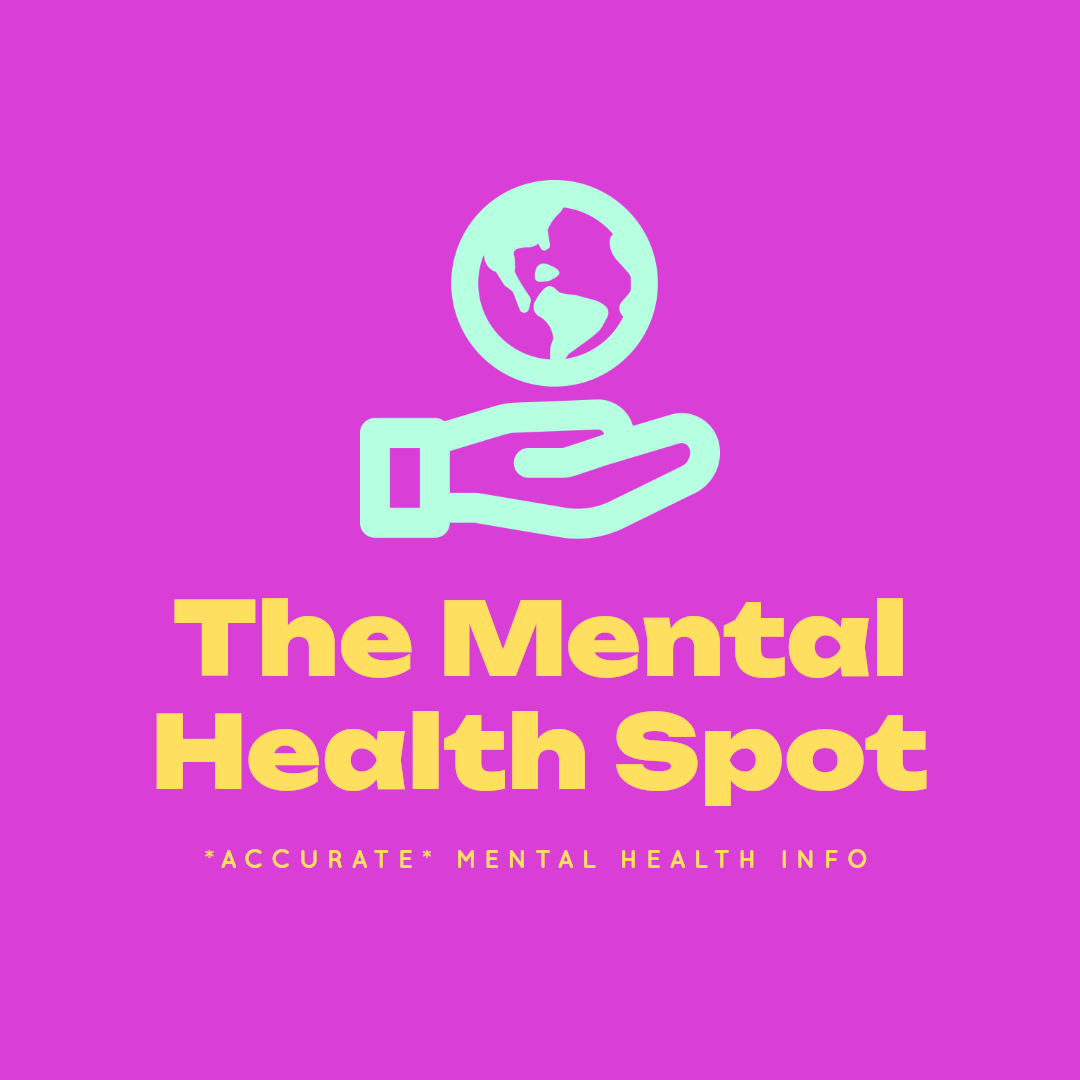Coming out (a.k.a coming out of the closet) is a typical experience for LGBTQIA+ youth and adults alike. But while it seems simple, coming out is a daunting experience for LGBTQIA+ youth. While we’ve come a long way as a world towards accepting LGBTQIA+ people, many still face discrimination based on their gender or sexuality. In this article, we’ll cover these questions:
- What is coming out?
- How do I actually come out? (step-by-step)
What is coming out?
Coming out is a normal part of LGBTQIA+ individuals’ lives. It involves sharing your identity with those around you. Many individuals also experience life more authentically after coming out. For example, a lesbian woman may start dating other women after coming out, or a transgender person may get gender confirmation surgery after coming out. Understand that you should come out on your own time and terms, which for you could be coming out right now, or not coming out at all. Remember, you don’t owe anyone your coming out.
Okay, so how do I come out? (A step-by-step guide)
Step One: Assess the safety
You can either assess the safety of coming out on your own or with a professional. Reaching out to a school counselor, supportive teacher, or Gay-Straight Alliance leader is a great way to start. They will ask if your family knows, and if not, guide you along the following steps. If you are doing this on your own, Mary Norcia, a certified school counselor and certified mental health school counselor suggests the following, “Coming out is a personal process and you have to feel ready to be your true authentic-self to others. Assess all possibilities that may occur when having these conversations with your family. If an individual needs help in finding the right way to have these conversations, a trusted adult can always provide them with appropriate resources.” It is important for the person to assess the situation, but there are appropriate ways to have that conversation by talking to a trusted adult. The person may have them assess all the possible outcomes and see if those outcomes are safe. safety is the most important thing and while not authentically living as yourself with your family’s knowledge is horrible, if coming out will directly jeopardize your safety or wellbeing, wait. In the meantime, see if you can safely educate your family.
As for coming out to friends, safety is still important. Like with your family, test the waters for discriminatory beliefs against LGBTQIA+ people. The main thing with friends is making sure if they come out to you, they keep it confidential. It’s important to know that friends who do not respect and support your identity are not true friends.
Step Two: Having a conversation
If the waters are smooth, have a conversation with your family and friends. You can do this one-on-one, or as a collective. If you’re doing it as a collective, have a few people who already know and are on your side, just in case.
A conversation might go a little something like this:
Hey Mom! Can we talk about something important?
Sure!
So I’ve been exploring my identity and I am (insert identity)
Responses may vary, but make sure you are prepared for all options. You may need to explain why you use this term to describe yourself or dismantle some misconceptions. If you know your family or friend is pro-LGBTQIA+, you can also opt for some more fun options, like baking a cake or throwing a coming-out party.
Congratulations! You just came out!
Step Three: Live Authentically
If all goes well, your family and friends support your identity and you can live more authentically now. Coming out may feel like a big change, and that’s because it is. Make sure after you come out that you give yourself some time to process everything and feel all of your emotions.
Living authentically can start with small changes, like getting some pride regalia, cutting your hair, or changing out some tops you normally wear with others that feel more like you. It’s important to know that while you are on your journey towards being your truest self, there are going to be some people who are very against that. If you feel safe and comfortable calling discrimination out or educating those people, do it, but if you don’t, you can talk to a friend about how they can call that out on your behalf. If there are people who are openly discriminating against you, understand that the behavior is a personal problem on their behalf, and there is nothing wrong with being who you are.
Step Four: Possible Secondary Conversations
Your friends and family may have questions about your identity as time moves on. Answer questions you feel comfortable with answering honestly, but if those around you stray into discriminatory assumptions, call them out on it safely or have a friend talk to them on your behalf.
Conclusion:
Coming out safely is an easy and accessible process, and friends can support their LGBTQIA+ identifying friends in many ways. The most important thing is safety, and you need to always keep that in mind throughout this process. Good luck!
